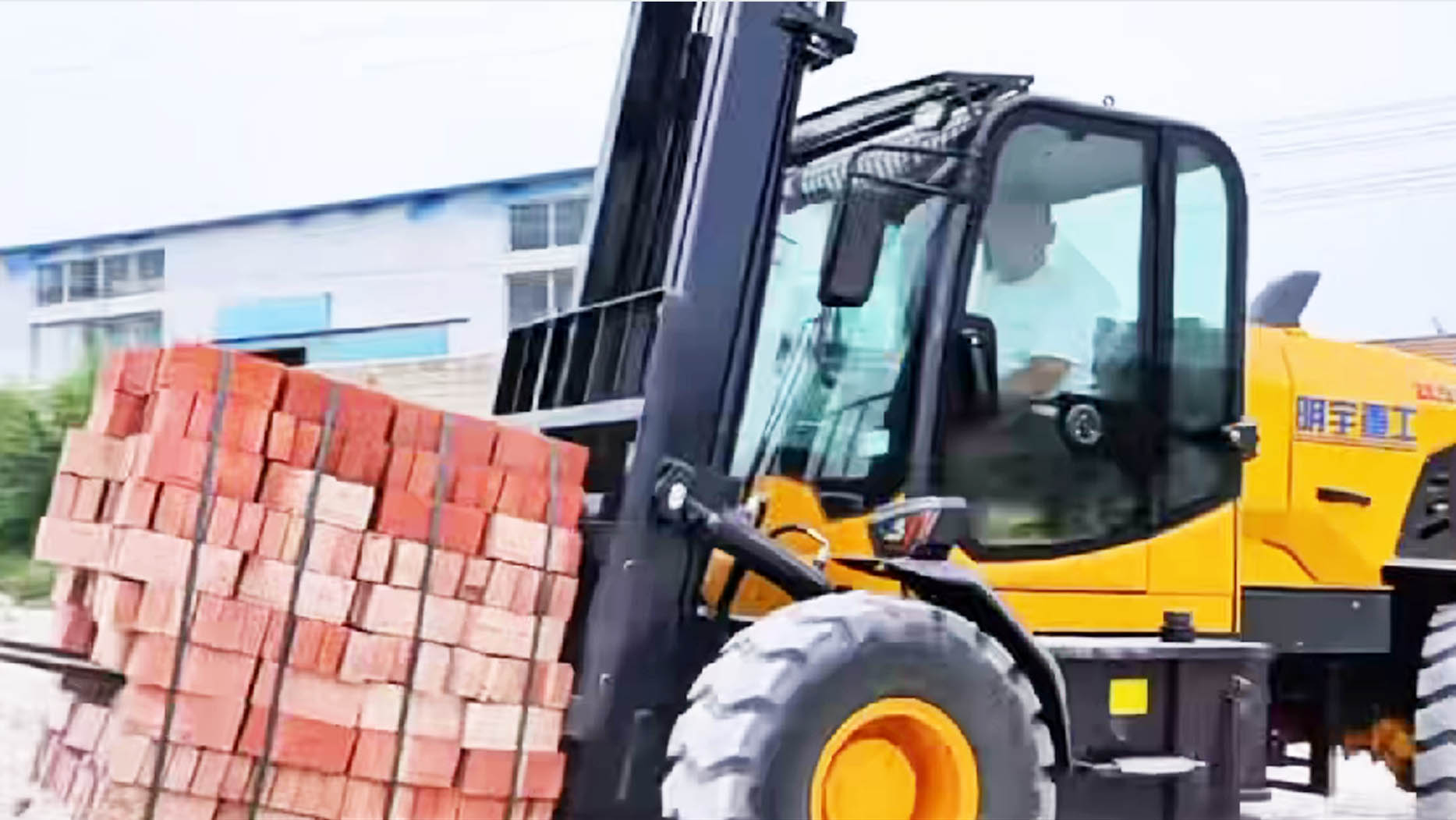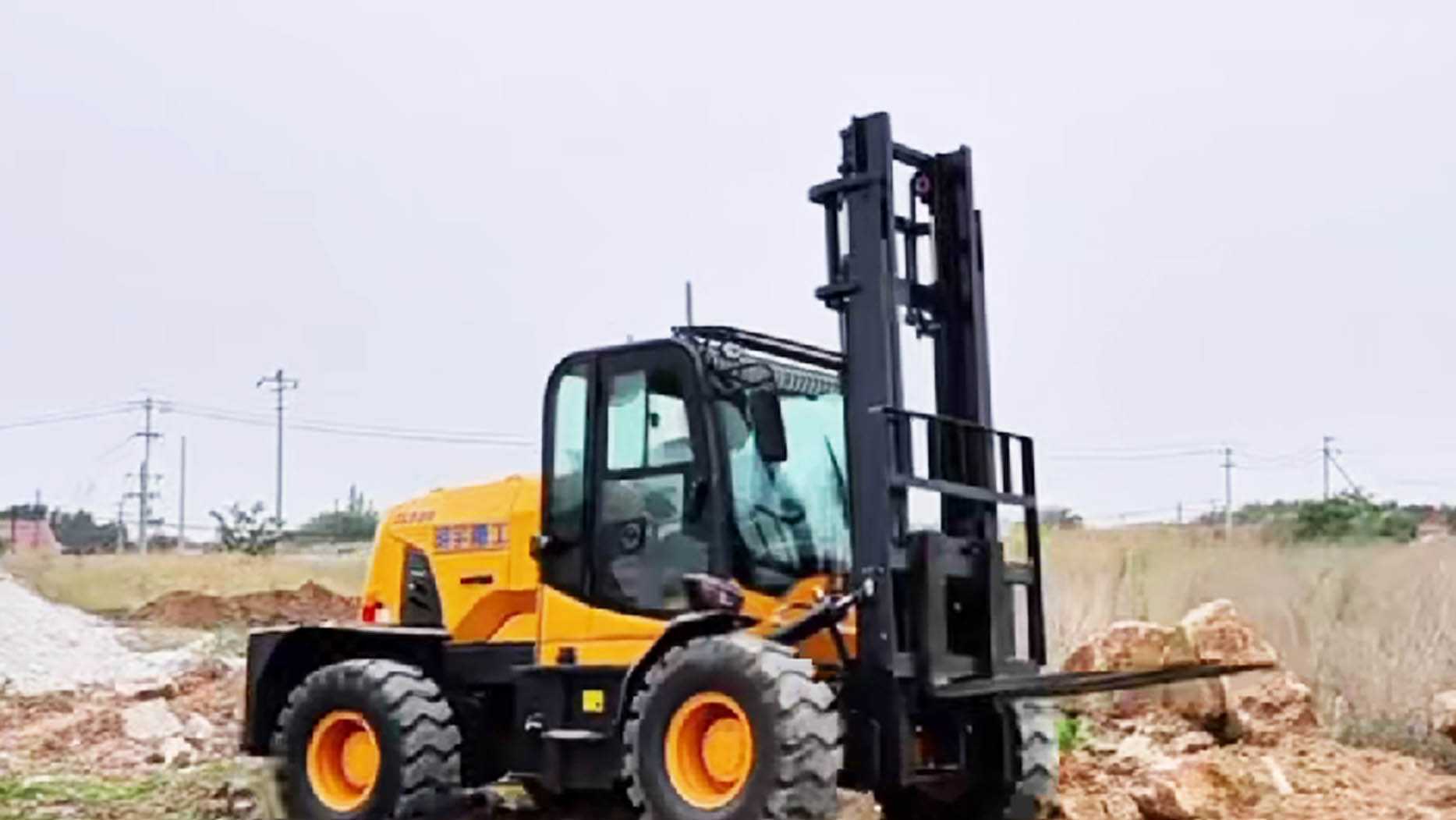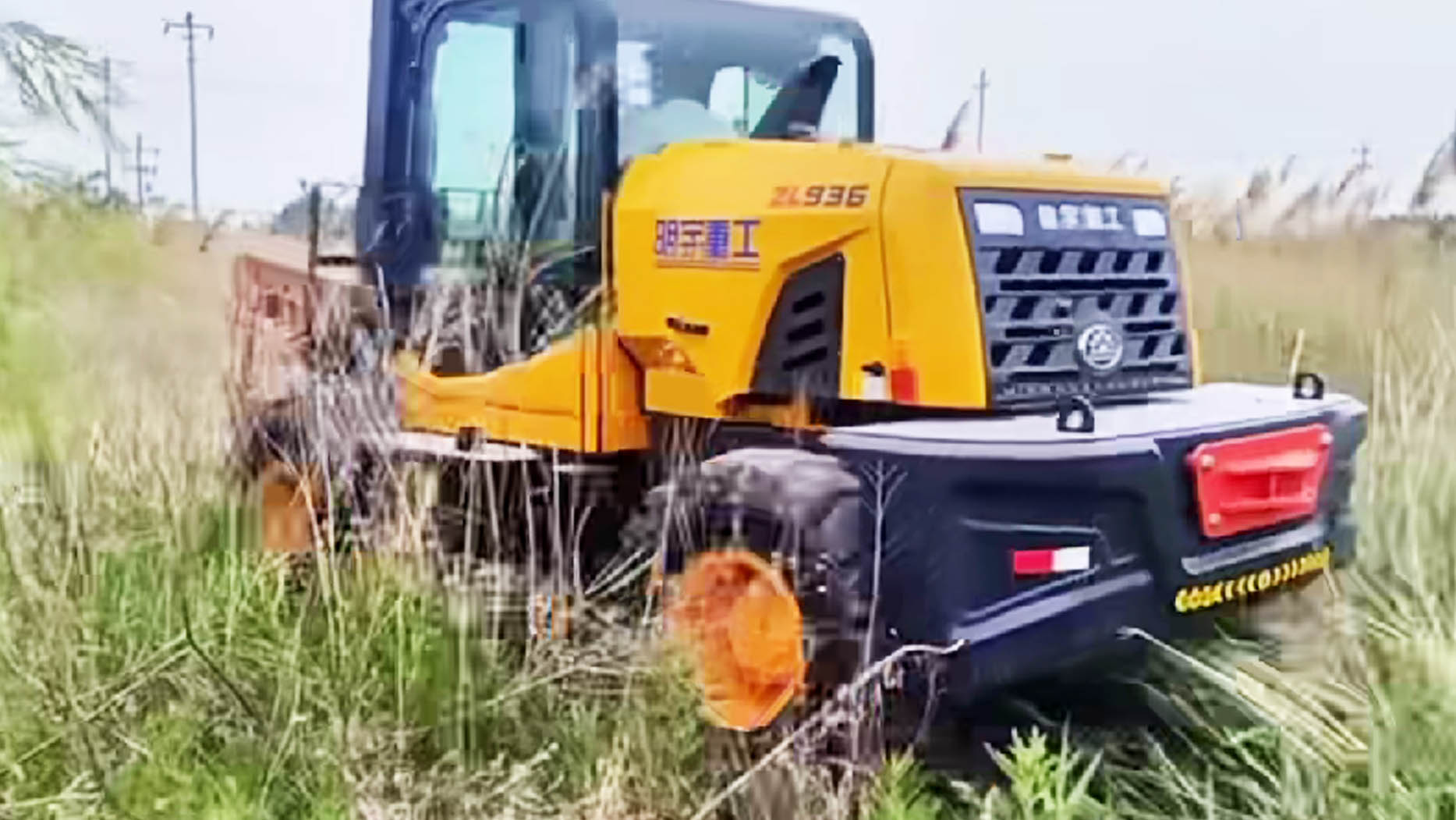Navigating the Toughest Terrains: The Essential Role of Off-Road Forklifts
In the realm of material handling, forklifts are ubiquitous, known for their ability to lift and transport heavy loads efficiently within warehouses and paved industrial settings. However, not all operations take place on smooth, predictable surfaces. This is where the off-road forklift, a specialized and robust piece of equipment, steps into the spotlight. Designed to tackle challenging and uneven terrains, these rugged machines are indispensable in industries where standard forklifts simply can't perform.
Often resembling a powerful, elevated tractor with a set of sturdy forks at the front, off-road forklifts are engineered for resilience and stability. Their core purpose is to move heavy materials across unpaved roads, construction sites, muddy fields, timber yards, and other demanding environments. Unlike their indoor counterparts, which prioritize maneuverability in confined spaces, off-road forklifts are built for sheer power, traction, and the ability to operate effectively in adverse conditions.
Key Characteristics Setting Them Apart
What makes an off-road forklift uniquely suited for its demanding tasks? Several key design features differentiate them from standard industrial forklifts:

1. Robust Chassis and Frame: The foundation of an off-road forklift is its heavily reinforced chassis and frame. These are built to withstand the constant jarring, twisting, and stress associated with uneven ground, heavy loads, and sometimes less-than-ideal operating conditions. This robust construction ensures durability and longevity, even in the most rigorous applications.
2. Large, Aggressive Tires: Perhaps the most visually striking difference is the tires. Off-road forklifts are equipped with large, pneumatic, deep-tread tires, often with an aggressive lug pattern. These tires provide superior traction on loose surfaces like gravel, sand, mud, snow, and dirt. Their larger contact patch also helps distribute the machine's weight more evenly, reducing the risk of getting stuck or sinking into soft ground. Some models even feature flotation tires for extremely soft or marshy conditions.
3. High Ground Clearance: To navigate over obstacles such as rocks, stumps, uneven mounds, and debris, off-road forklifts boast significantly higher ground clearance than conventional forklifts. This elevated design prevents the undercarriage from snagging or damaging critical components when traversing rough terrain.
4. Powerful Engines and Drivetrains: Moving heavy loads across challenging surfaces requires substantial power. Off-road forklifts are fitted with powerful engines, typically diesel, designed to deliver high torque at low RPMs. They also often feature four-wheel drive (4WD) systems, providing maximum traction and propulsion on slippery or steep inclines. Some advanced models may incorporate differential locks to further enhance traction when one wheel loses grip.
5. Enhanced Stability Features: Operating on uneven ground inherently poses a stability challenge. Off-road forklifts combat this with wider wheelbases, lower centers of gravity (despite the high ground clearance), and sometimes even oscillating axles that allow the wheels to maintain contact with the ground independently, improving stability and traction over bumps and dips.
6. Operator Comfort and Safety: While ruggedness is paramount, operator comfort and safety are not overlooked. Cabs are often enclosed to protect against elements, and ergonomic controls, suspension seats, and clear visibility are common features. Roll-Over Protective Structures (ROPS) and Falling Object Protective Structures (FOPS) are standard, offe

Where Do Off-Road Forklifts Excel?
The specialized design of off-road forklifts makes them indispensable across a wide array of industries and applications:
1. Construction Sites: This is perhaps the most common environment for off-road forklifts. They are crucial for moving building materials like timber, steel beams, bricks, concrete blocks, and pallets of equipment across unpaved site roads, muddy areas, and uneven terrain. From lifting materials onto scaffolding to transporting supplies to different parts of a large construction project, they keep work flowing smoothly.
2. Forestry and Timber Yards: In logging operations and timber processing facilities, off-road forklifts are used to move massive logs, bundles of lumber, and wood chips over rough, unpaved ground, often covered with sawdust and debris. Their high lift capacities and robust design are essential for handling heavy, unwieldy timber.
3. Agriculture: Farmers utilize these forklifts for a variety of tasks, including moving large bales of hay, stacking feed, transporting fertilizer and seeds, and handling produce in orchards or fields. They can navigate muddy fields after rain or dusty tracks during dry seasons, making them invaluable for modern agricultural logistics.
4. Mining and Quarrying: In these harsh environments, off-road forklifts are used to transport explosives, spare parts, equipment, and materials across rough, rocky, and often dusty or muddy terrain. Their durability and power are critical for maintaining operations in remote and challenging locations.
5. Military and Humanitarian Aid: Due to their ability to operate in austere and damaged environments, off-road forklifts are deployed in military logistics for moving supplies and equipment in field conditions, and in disaster relief efforts to clear debris and distribute aid where infrastructure is compromised.

6. Rental Yards and Event Management: Rental companies often stock off-road forklifts for clients needing temporary material handling solutions on uneven sites. They are also used in large outdoor events, festivals, and concerts to set up stages, move equipment, and handle large volumes of supplies across grassy fields or temporary paths.
7. Ports and Container Yards (Rough Terrain Sections): While many port operations use specialized container handlers, off-road forklifts find use in less developed port areas or for moving non-containerized cargo on unpaved sections of the yard.
The Unsung Heroes of Tough Jobs
In conclusion, the off-road forklift is far more than just a regular forklift with bigger tires. It's a purpose-built machine engineered to overcome the limitations of conventional material handling equipment in challenging outdoor and rugged environments. Its robust construction, powerful drivetrain, superior traction, and high ground clearance make it an indispensable asset across numerous industries, ensuring that even the heaviest loads can be moved safely and efficiently, no matter how tough the terrain. Without these unsung heroes, many critical operations in construction, agriculture, forestry, and more would simply grind to a halt.
Post time:Jun.17.2025
